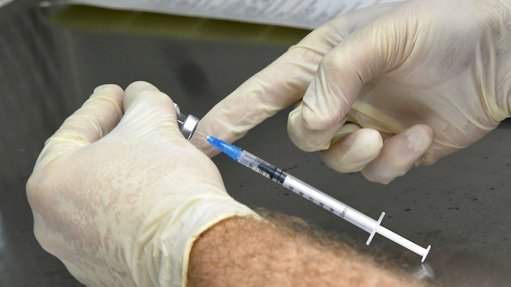
The Department of Health has announced six more laboratory-confirmed cases of Mpox (previously known as monkey pox), in the country, bringing the total number of cases to 13.
Seven of the cases were confirmed in KwaZulu-Natal, five in Gauteng and one in the Western Cape, said Department of Health spokesperson Foster Mohale.
The death toll remains at two.
Mohale highlighted that amid rising cases, the department had received a batch of Mpox-specific treatment, Tecovirimat (also known as TPOXX or ST-246), for patients who experience severe health complications as a result of Mpox disease.
He said the process to secure more treatment, including vaccines, was underway.
“However, all mild cases will continue to be managed with supportive treatment used to manage complications like fever, pneumonia and skin infections,” he explained.
The last time South Africa recorded positive cases of Mpox was in 2022 when five cases were confirmed in the Western Cape, KwaZulu-Natal, Limpopo and Gauteng.
No cases were reported in 2023.
Addressing the media last week, Health Minister Dr Joe Phaahla noted that there was currently no registered treatment for Mpox in the country, however, the World Health Organisation recommended the use of Tecovirimat for treatment of severe cases, such as in individuals with a CD4 cell count of less than 350.
The department urged all people – regardless of gender, age, sexual orientation – with suspected Mpox symptoms, or who had had physical contact with known cases, to present themselves at a healthcare facility for clinical evaluation, warning that anyone could contract this preventable and treatable disease.
Mohale noted some of the common symptoms of Mpox included a rash which may last for two to four weeks, fever, headache, muscle aches, back pain, low energy and swollen glands (lymph nodes).
He added that the painful rash looked like blisters or sores, and could affect the face, palms of the hands, soles of the feet, and groin.